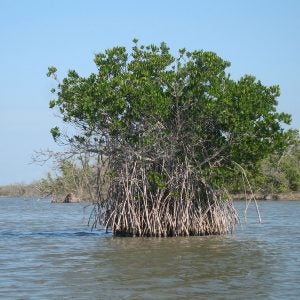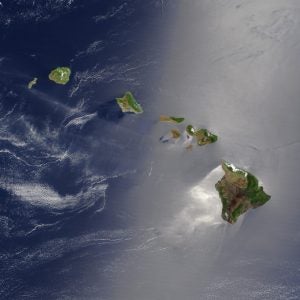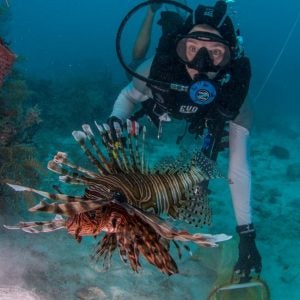eDNA Surveys in Florida’s Indian River Lagoon
The IRL is regarded as the most species-rich estuarine system in the US. Over 397 species of fishes have been recorded in the lagoon that, together with several species of shellfish, generates ~$300 million in fisheries revenue per year. While traditional survey methods, such as bottom trawls and seine netting, form the basis for our understanding of community structure within the IRL, these methods are time consuming and expensive. Environmental DNA (eDNA) offers a simple, cost effective, and a more conscious alternative. Working with collaborators at the Florida Fish and Wildlife Conservation Commission (FWC) and the Kennedy Space Center Ecological Program, we are optimizing protocols and conducting the first eDNA community surveys within the IRL.

Using eDNA to Assess Impacts on Coral Reefs of Hawaii
Working with researchers at the University of Hawaii on a Sea Grant funded project we are examining the efficacy of eDNA as a tool to assess overall community health. By selecting sites that range in level of anthropogenic stressors we hope to assess how community structure changes within increased impacts and to optimize protocols that can be used as a fast and inexpensive method for long-term monitoring.

Threatened and Invasive Species
Our undergraduate interns are working to design species-specific primers for use in future eDNA surveys on a number of important species including the dwarf seahorse (Hippocampus zosterae), an invasive swimming crab (Charybdis hellerii), and the red lionfish (Pterois volitans).

